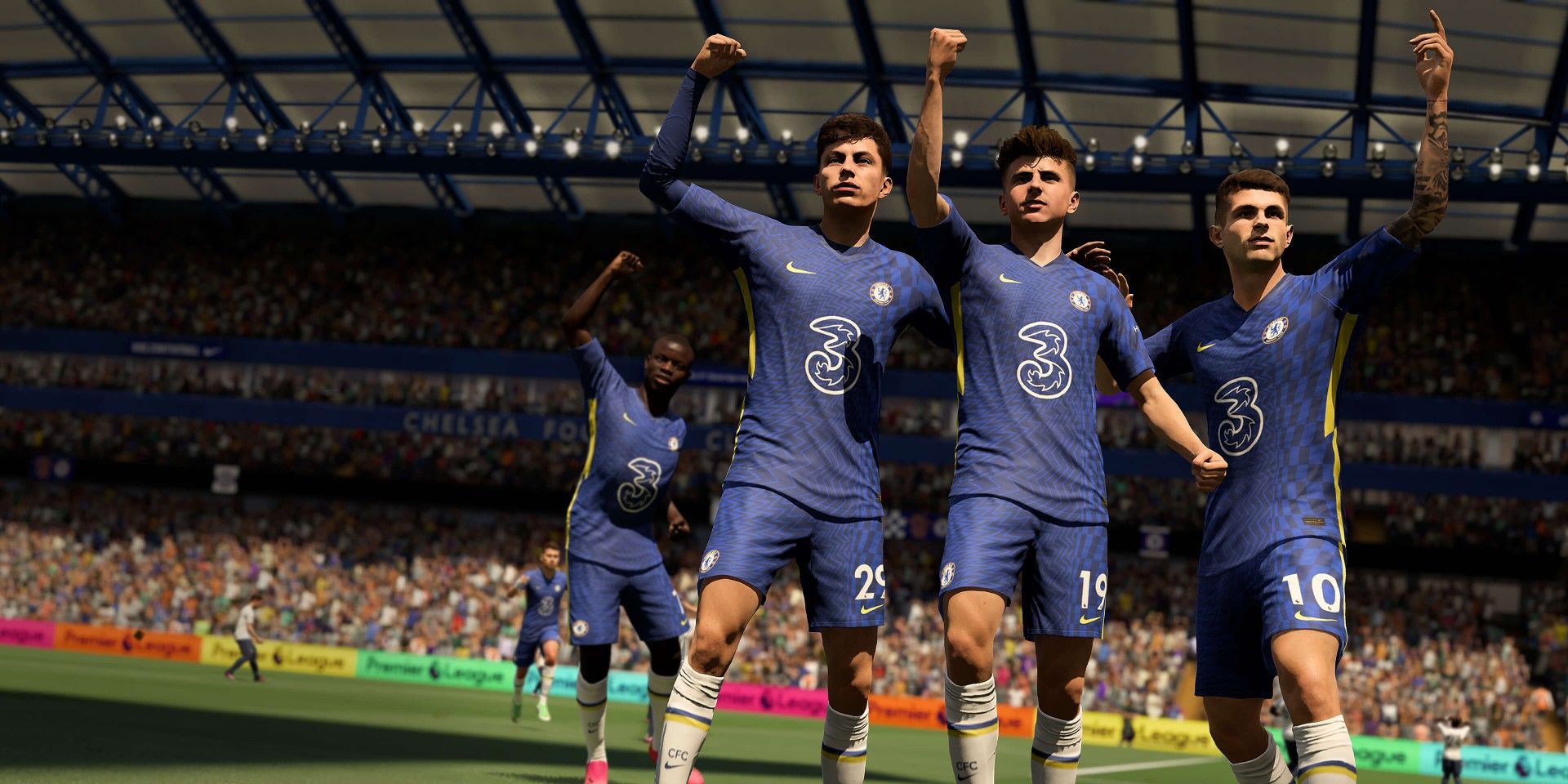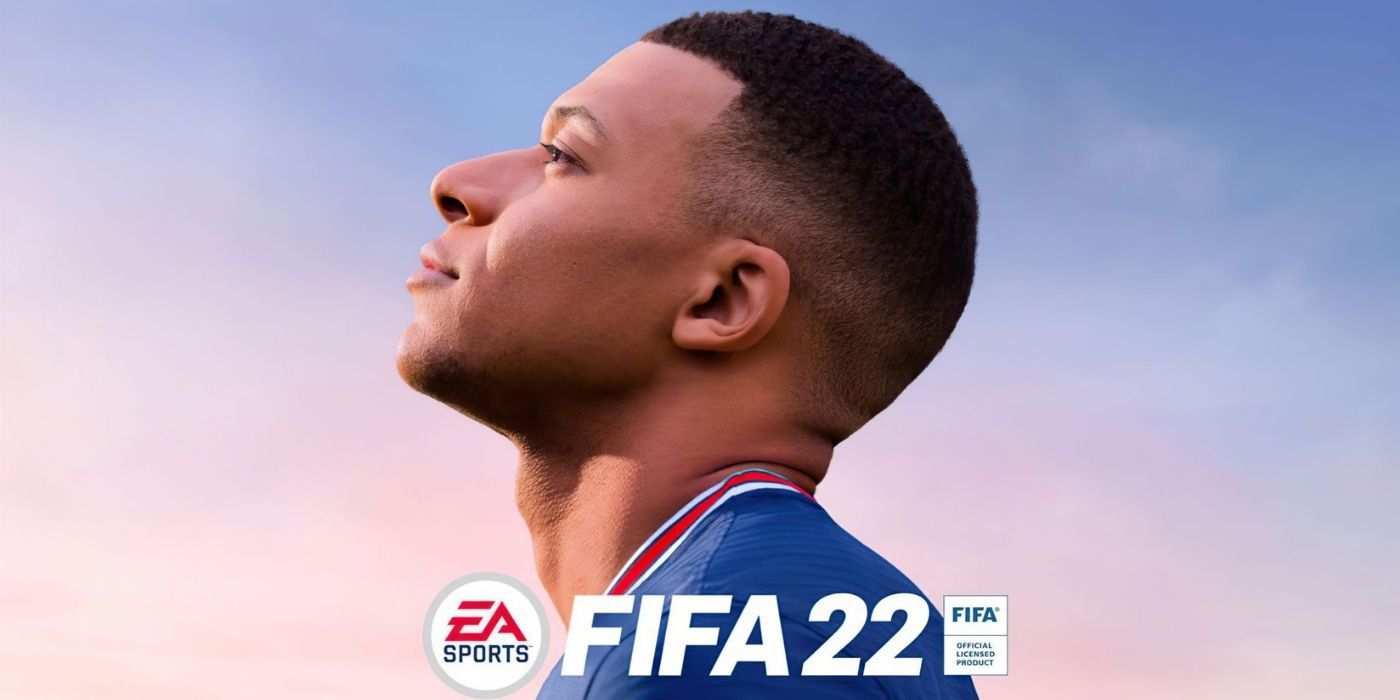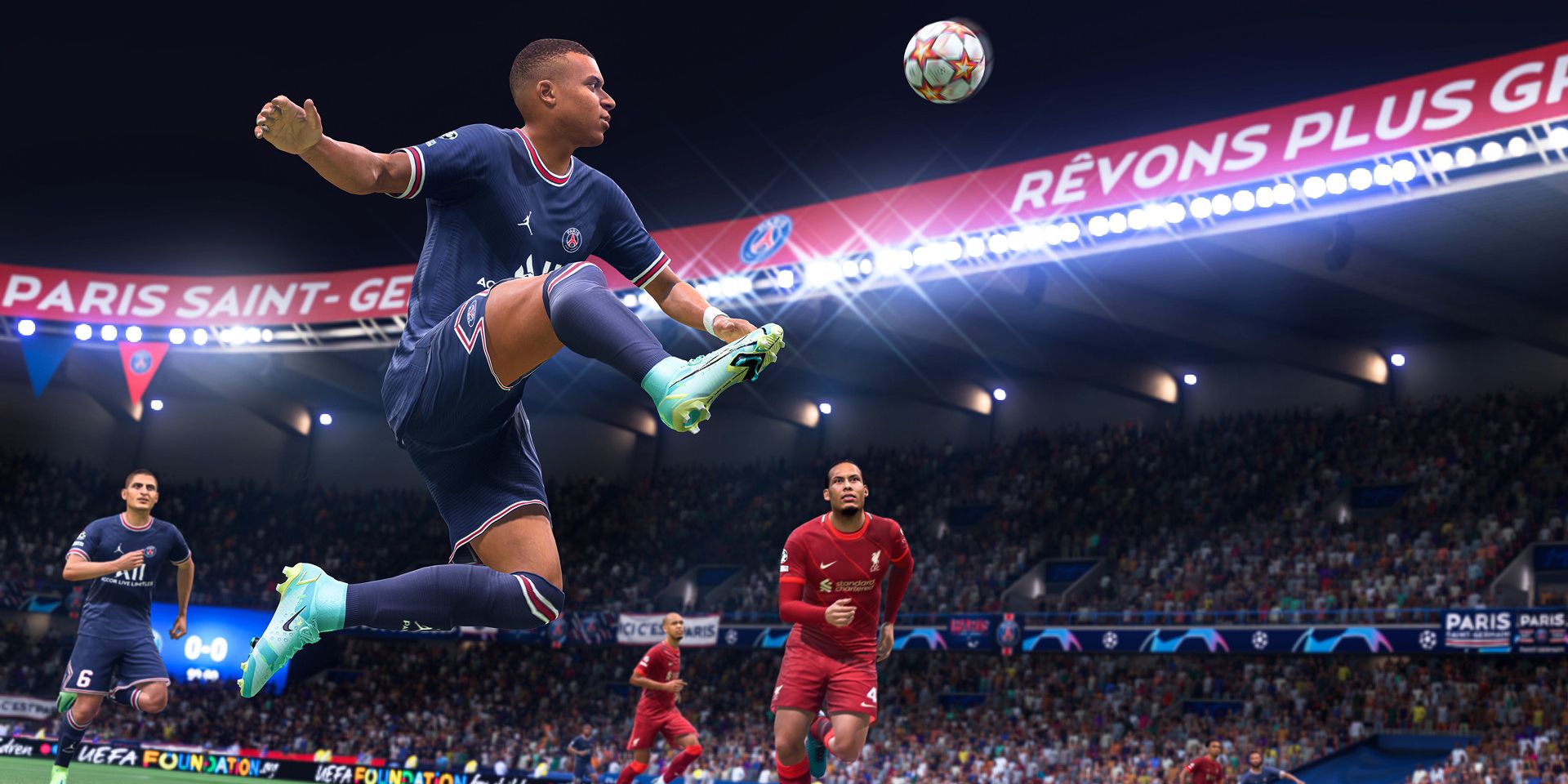For the past several years, sports-based video games have become a larger part of the fandom surrounding their real-life counterparts, but none has been more prominent than the FIFA series in the world of soccer. Being the dominant soccer simulation on the market, FIFA is interwoven in the sport's culture, so much so that professional clubs publicize their connections with the game and advertisements prominently feature on broadcasts. As such, how the series portrays soccer has had an incredible effect on how fans engage with the sport.
Although there is no age limit for video games, the audience has always skewed younger. Simultaneously, as top-level soccer has been becoming increasingly business-minded and profit-driven, clubs and establishments have taken a growing interest in engaging with that same age group. In the middle of that Venn diagram are the likes of FIFA fans. On top of clubs trying to cater more towards these fans, the games themselves have also played a part in influencing the modern discourse and engagement with the sport.
It is no coincidence that the dominance of through-and-through 'superstars' within soccer like Lionel Messi and Christiano Ronaldo has coincided with FIFA, with the series creating almost a cult of personality surrounding the top-level athletes. Although it may seem on the surface as a very small detail in the grand scheme of things, the selection of the FIFA cover star contributes to this growing idea of superstardom. The branding extends beyond simply the box art to include being featured in trailers, gameplay stills, promotional art and through the game's menus. While the skill of these players has afforded them the ability to be recognized as some of the best in the world, the promotional material surrounding them further contributes to the perception of them being in a league of their own.
Promotions and partnerships are prevalent throughout sports in a variety of products, but another element to FIFA that feeds into changing perceptions of players comes in the numerical value they stamp upon them. Approaching the release date for FIFA 22, as well as highlighting new features like HyperMotion Technology, an ever-present part of the discussion centers around player ratings. This has been a staple for sports games for decades at this point, but where this has gone beyond in changing perceptions in soccer relates to FIFA's bread and butter, Ultimate Team.
Ultimate Team propelled FIFA into the undisputed number one spot, helping it overcome its rivalry with Pro Evolution Soccer, though that may be about to be reignited. The game mode makes player ratings play an even stronger focus, as the competitive online nature prompts the use of a 'metagame' and making certain high-rated players must-haves for players looking to stay strong in multiplayer matches. Once again, FIFA holds even more power in pushing certain players into the upper echelon of fan's minds. Besides, if Kylian Mbappé is dominating the online gaming sphere, then surely he must be just as good on the real grass?
While the Ultimate Team ratings are set for players' base cards, iterations based on real-life performances that are released throughout the season furthers the presentation of players as next-level. However, there comes a problem with this. In selecting players that make it into their 'Team of the Week' and other promotions, FIFA has a tendency to rely on statistics like goals and assists to make their picks, often with a single player getting multiple iterations. As such, players that may have a bit more of an understated, but just as important, impact in their games get overlooked and left by the wayside in FIFA's promotions, and as a side effect, the fanbase's minds.
Along with this, as well as having a numerical value through their in-game statistics, Ultimate Team also ends up giving players a monetary value as well. Being a community-driven market, with the developers themselves also having the power to dictate minimum prices, as well as supply and demand, Ultimate Team does act as an indicator for the gap in perception between how desired a player is. Fans needn't consider a player's value to their team themselves; the market will do that for them. With soccer having its own real-life transfer market, Ultimate Team may also play a part in how fans perceive their team's activity in the buying and selling of players, especially as price tags get higher and higher. Purchasing better players is a fundamental part of playing Ultimate Team, so it is easy for that same mentality to bleed over into the real sport, with fans always on the lookout for big-money signings that are sure to change the game.
Although FIFA has some challengers to face in the upcoming year, its effect on modern soccer is sure to continue for quite some time. Having already had an impact on the soccer fanbase, who knows how this might develop as the sport evolves in the years to comes. Will the 'FIFA generation' of fans eventually end up becoming the predominant force in the stadium stands?



